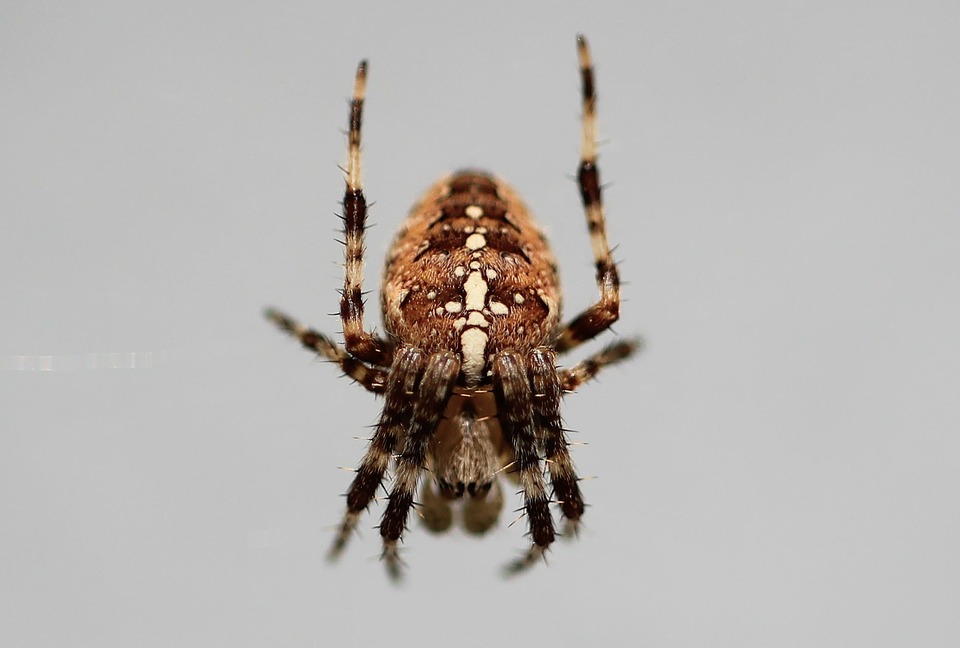Pest and rodent control is an essential aspect of maintaining a healthy and safe home. Whether you live in a bustling city, a quaint suburb, or a rural area, unwanted invaders can find their way into your living space, potentially causing damage and putting your family’s health at risk. In this guide, we’ll explore effective strategies for preventing and controlling pests and rodents specific to [Your Area].
Understanding Common Pests and Rodents in [Your Area]
Before embarking on a pest control journey, it’s crucial to identify the culprits. Here are some common pests and rodents you might encounter in [Your Area]:
1. Ants
Ants are social insects that can invade homes in search of food. The most common types found in [Your Area] include carpenter ants and sugar ants.
2. Spiders
While most spiders are harmless, their presence can be unsettling. Common species in [Your Area] include black widows and orb-weavers.
3. Rodents
House mice and roof rats are prevalent in many neighborhoods, often seeking warmth and shelter in attics, basements, and even within walls.
4. Termites
Termites can cause significant structural damage if left unchecked. Residents of [Your Area] should be particularly vigilant in preventing these wood-eating pests.
5. Cockroaches
These resilient insects thrive in warm environments and can contaminate food. They are often found in kitchens and bathrooms.
Prevention Tips for Homeowners
Preventing pests from entering your home is the first line of defense. Here are some preventive measures tailored for homeowners in [Your Area]:
1. Seal Entry Points
Inspect your home for gaps and cracks in walls, doors, and windows. Use caulk or weather stripping to seal these openings, making it harder for pests to gain access.
2. Keep a Clean Home
Pests are often attracted to crumbs, spills, and garbage. Regularly clean your kitchen, dining areas, and other spaces, ensuring that food is stored in airtight containers.
3. Manage Landscaping
Trim shrubs and trees that may touch the exterior of your home, as these can serve as pathways for pests. Ensure that gardens are well maintained and debris is cleared away.
4. Eliminate Standing Water
Mosquitoes and other pests are drawn to stagnant water. Fix leaks and remove any sources of standing water around your property.
5. Store Firewood Properly
If you use firewood, store it at least 20 feet away from your home and off the ground to deter pests like termites and ants.
Control Methods for Existing Infestations
If you’ve already encountered pests or rodents, here are some control methods that can work effectively in [Your Area]:
1. Traps and Baits
For rodents, use snap traps or electronic traps placed along known pathways. Bait stations can also be effective for both insects and rodents but should be handled with caution.
2. Insecticides and Repellents
When dealing with insects like ants or cockroaches, consider using targeted insecticides or natural repellents. Always follow the manufacturer’s instructions and consider the environmental impact.
3. Natural Remedies
Incorporate natural pest control methods whenever possible. Essential oils like peppermint or tea tree oil can deter pests, while diatomaceous earth can help manage insect populations.
4. Professional Pest Control Services
If the infestation is severe or persistent, hiring a professional pest control company can be the most effective solution. Look for local providers in [Your Area] with good reputations and necessary certifications.
Conclusion
Pest and rodent control is an ongoing process that requires vigilance and proactive measures. By understanding the common pests in [Your Area] and employing effective prevention strategies, you can maintain a safer, healthier home. Remember, if you find yourself overwhelmed, don’t hesitate to reach out to experts who specialize in pest management. After all, your home should be a sanctuary, free from unwanted guests.
